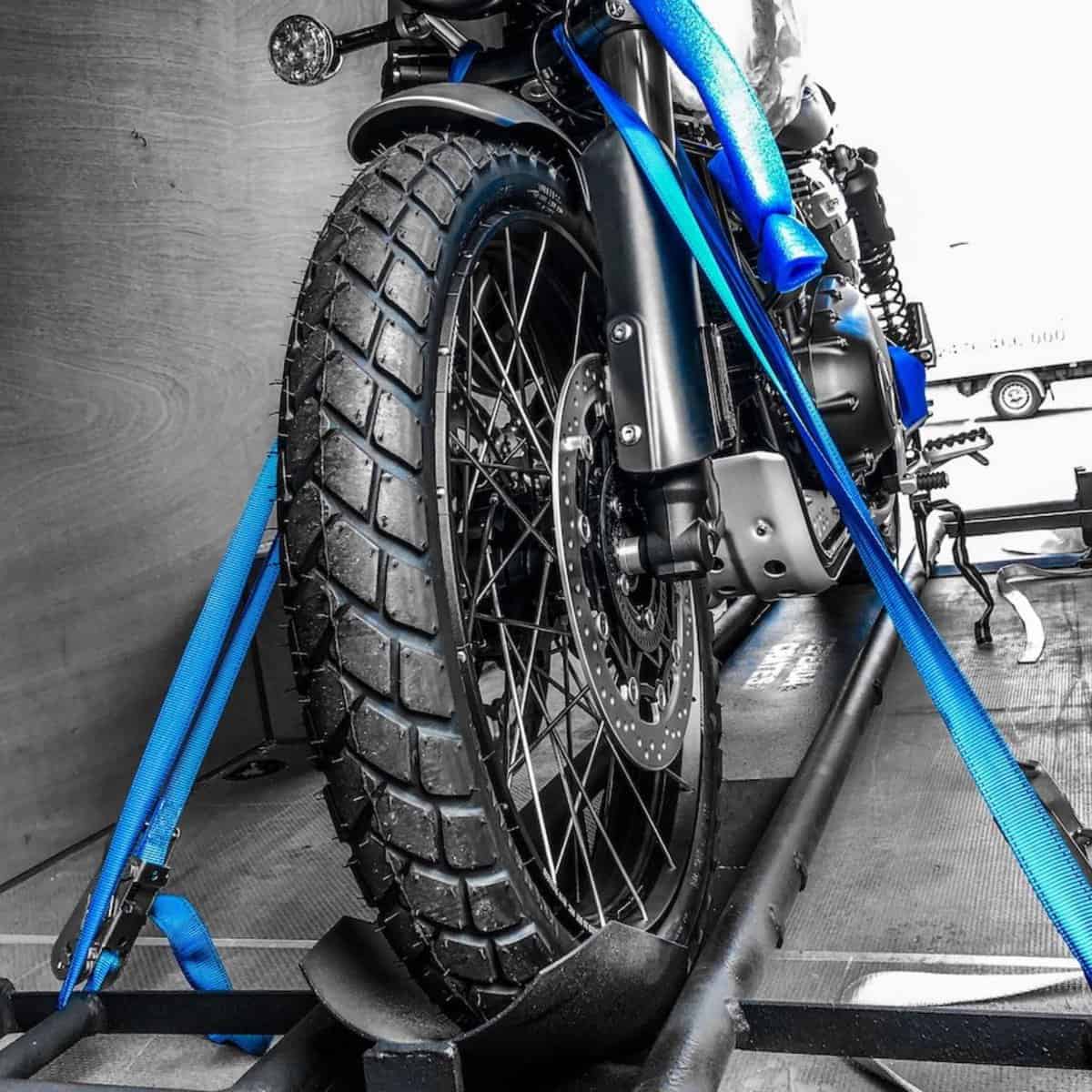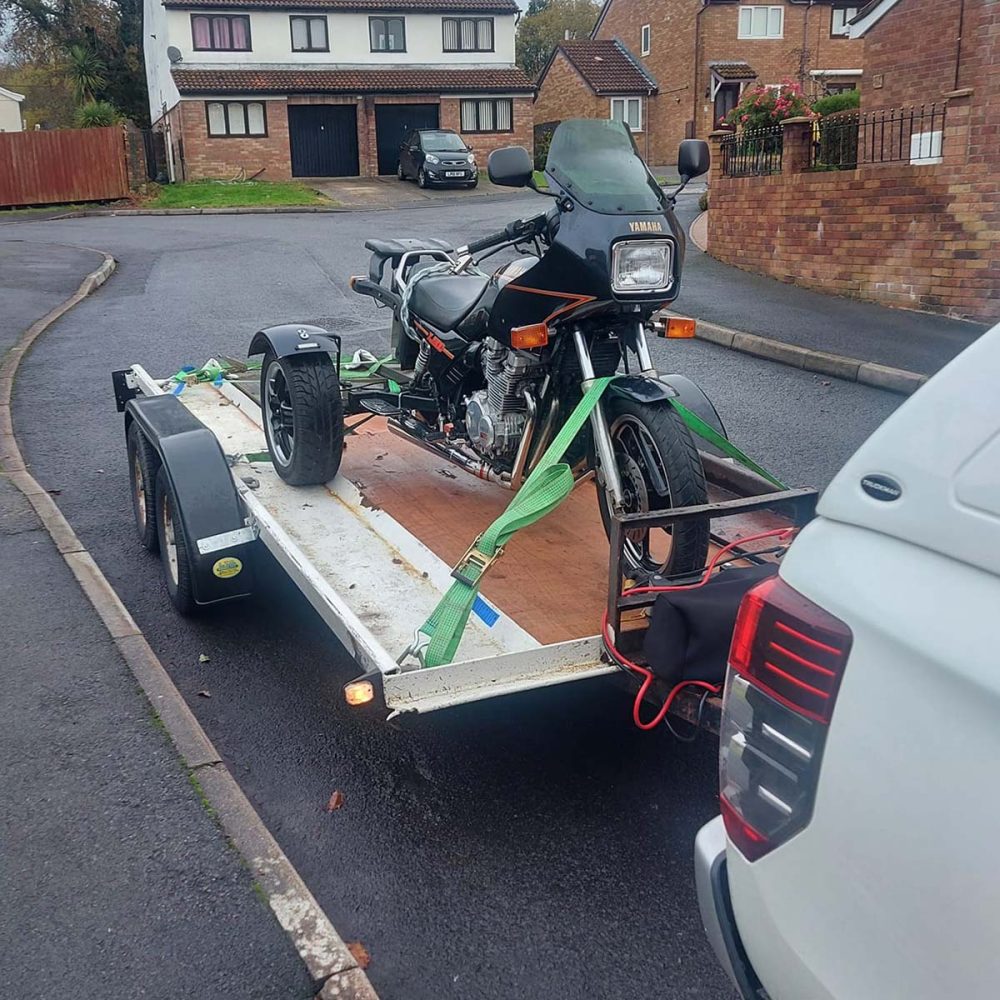Choosing the Right Motorcycle Transport Company
Selecting a reliable motorcycle transport company is crucial for a smooth shipping experience. To start, research is key. Look for companies with strong reputations. Read reviews and ask for referrals. This helps gauge reliability and customer satisfaction. Next, consider the experience. A company with a long history in motorcycle transport likely understands the intricacies involved. Make sure the company has appropriate licensing and registration. This ensures they meet legal and industry standards. Ask about their transport equipment as well. State-of-the-art equipment can provide safer handling of your bike. Compare quotes from different companies. Do not just go for the cheapest option. Evaluate what each company offers for the price. Customer service is also vital. A responsive company suggests they will handle any concerns promptly. Lastly, ensure they offer insurance coverage. This protects your motorcycle during transit. Choosing wisely means peace of mind knowing your bike is in good hands.

Preparing Your Motorcycle for Transport
Before handing your motorcycle over to a transport company, preparation is key. A well-prepared bike ensures safety and lessens the risk of damage. Here’s what you should do:
- Clean Your Motorcycle: A clean bike reveals any existing damage. This makes it easier to spot new scratches or issues post-transport.
- Inspect Your Bike: Record its condition. Take photos from various angles. Note down any existing scratches or dents.
- Check Fluids and Tire Pressure: Ensure that all fluids are at appropriate levels. Inflate tires to the right pressure. This prevents potential transport hazards.
- Secure Loose Parts: Tighten all nuts and bolts. Remove or secure any accessories that might come loose during shipment.
- Alarm Systems: If your bike has an alarm, disable it. This avoids unnecessary triggers during the transport process.
- Document and Remove Personal Items: Remove your personal belongings. Keep documents safe. This reduces risk of loss and protects your privacy.
- Battery and Gas: Consider the company’s policy. Some require a drained battery or reduced gas levels for safety reasons.
- Keys: Hand over the necessary keys to the transporter. Keep duplicates with you.
By following these steps, you do your part in ensuring a smooth and safe transport for your motorcycle. The right motorcycle transport company will guide you through this preparation phase, often providing checklists and tips to aid you in the process.
Understanding Different Shipping Options
When it comes to shipping your motorcycle, you have several options to consider. It’s important to understand the differences, as they can impact cost, timing, and safety.
- Open Carrier: This is a common and cost-effective method. Your motorcycle is tied down on a flatbed or tow trailer. It’s open to the elements, so it might not be ideal for high-value bikes or long distances.
- Enclosed Carrier: Provides protection from weather and road debris. Your motorcycle is inside a covered truck. This option is pricier but recommended for added safety and security.
- Door-to-Door Service: A convenient option where the motorcycle transport company picks up and delivers your bike at specific locations. This service saves you time but may increase the shipping cost.
- Terminal-to-Terminal Service: You drop off and pick up your motorcycle at the transport company’s designated locations. It may take longer and require more effort, but it’s usually less expensive.
- Crated Shipping: Your motorcycle is secured within a crate. This offers great protection. However, you might have to pay extra for crating materials and services.
- Palletized Shipping: Similar to crating, but your bike is placed on a secure pallet. This helps to stabilize the motorcycle during transport. It’s a balance between protection and cost.
Your choice should match your needs and budget. Ask the motorcycle transport company for details on each option. With the right information, you can select the best shipping method for your motorcycle.
Cost Factors in Motorcycle Shipping
When planning to ship your motorcycle, understanding the cost factors is essential. Various elements can affect the final price. Here are some key factors to consider:
- Distance of Transit: The longer the journey, the higher the cost. Longer distances require more fuel and time.
- Motorcycle Weight and Size: Larger and heavier bikes usually cost more to ship. They take up more space and add weight to the carrier.
- Transport Type: Enclosed carriers are safer but cost more than open carriers. Choose based on your budget and safety preferences.
- Pick-up and Delivery Locations: Door-to-door service is more expensive than terminal-to-terminal. Yet, it offers convenience.
- Speed of Delivery: If you need your bike quickly, expedited shipping costs more. Plan in advance to save money.
- Seasonality: Shipping rates can vary with the season. Peak times may lead to higher costs due to demand.
- Insurance: Additional insurance provides peace of mind but will add to the shipping cost. Consider the value of your motorcycle when deciding on coverage.
- Additional Services: Extra services like crating or battery draining come at a cost. Check with the motorcycle transport company for details.
These factors impact the price you’ll pay to a motorcycle transport company. Ask for a detailed quote. Compare services and costs from several companies. This helps ensure you get the best value for your money. Choose a service that balances cost with the safety and security of your motorcycle.
 Insurance and Liability Coverage for Your Motorcycle
Insurance and Liability Coverage for Your Motorcycle
When you ship your motorcycle, ensuring it has proper insurance and liability coverage is crucial. Accidents and unexpected events can happen. Insurance provides financial protection against these risks. Here are key points to consider about motorcycle shipping insurance:
- Coverage Scope: Confirm what the insurance covers. Ask the motorcycle transport company about the extent of coverage. Is it against all risks or only specific scenarios?
- Policy Details: Understand the policy’s terms and conditions. Know the limits, deductibles, and exclusions. A clear understanding will help if you need to file a claim.
- Liability Insurance: Check that the company has liability insurance. This covers damages they might cause to your motorcycle during transport.
- Personal Insurance: Your own motorcycle insurance may offer some coverage. Speak with your insurance agent to know how it works during shipping.
- Valuation: Ensure the insurance covers the full value of your motorcycle. If your bike is rare or has custom parts, its value might be higher than standard.
- Documentation: Get everything in writing. Having a documented insurance agreement can prevent misunderstandings later on.
- Claims Process: Ask about the procedure to file a claim in case of damage. Knowing the process simplifies handling unfortunate situations efficiently.
Choose a motorcycle transport company that provides adequate coverage. It assures you of compensation if any harm comes to your bike while in transit. Make sure to factor in the cost of insurance when calculating the overall shipping expenses.
Tracking Your Motorcycle During Transport
Knowing the location of your motorcycle during transport offers reassurance. Here’s how you can keep tabs on your bike:
- Real-Time GPS Tracking: Many motorcycle transport companies equip their carriers with GPS units. This allows you to monitor your bike’s journey in real-time.
- Check-Ins with the Driver: Some companies offer direct communication with the driver. This means you can call and check on your motorcycle’s status.
- Online Dashboard Access: Some transport services provide an online dashboard. Here, you can get updates on your motorcycle’s location and estimated arrival time.
- Email or SMS Notifications: Receive timely alerts through email or text messages. These often include significant transit milestones and any changes in schedule.
When selecting your motorcycle transport company, ask about their tracking options. Choose a service that keeps you informed throughout the transport process. It aids in planning and provides peace of mind.
 Tips for International Motorcycle Shipping
Tips for International Motorcycle Shipping
Shipping a motorcycle internationally requires additional planning and knowledge. Here are some tips to help you with the process:
- Research Regulations: Different countries have unique import and export laws. Make sure you understand the regulations of the destination country to avoid delays or legal issues.
- Selecting a Reputable Transporter: Choose a motorcycle transport company with international shipping experience. They should know international laws and have a track record of successful shipments.
- Consider the Shipping Costs: International shipping can be expensive. The cost includes freight charges, insurance, and customs duties. Request detailed quotes from various companies.
- Prepare Documentation: You will need specific documents for international shipping. These may include the title, registration, and a bill of sale. The transport company can advise on required paperwork.
- Inspect Your Motorcycle: Before shipping, thoroughly inspect your bike. Document its condition and remove any non-fixed accessories that could get lost or damaged.
- Understand Shipping Methods: Choose between air freight and sea freight. Air freight is faster but more costly. Sea freight is more economical but takes longer.
- Plan for Delivery Time: Delivery times can be unpredictable due to customs processing. Allow for potential delays when planning your shipment.
By following these tips and selecting the right motorcycle transport company, you can ensure your motorcycle arrives safely at its international destination.
Selecting the Appropriate Delivery Options
When finalizing your motorcycle’s shipment, selecting the right delivery option is critical for your convenience and budget. Here are some points to consider when choosing between different delivery services:
- Consider Your Schedule: If time is a constraint, door-to-door delivery may be your best bet. It’s direct and saves time.
- Assess Your Budget: Terminal-to-terminal services can save you money, but assess if the lower cost offsets the additional effort and time involved.
- Evaluate Convenience: While door-to-door is convenient, it may not always be possible. Confirm access issues with the motorcycle transport company beforehand.
- Understand Restrictions: Some areas may have restrictions that affect delivery options. Always inquire about potential obstacles.
- Check Availability: Not all delivery options are available in all areas. Verify with your chosen company what they can provide.
- Plan for Pick-Up or Drop-Off: If choosing terminal services, plan your schedule. Ensure you can drop off and pick up your motorcycle at the agreed times.
By thoughtfully selecting your delivery options and discussing with your motorcycle transport company, you can ensure that the transport process aligns with your needs. Make this choice carefully to enjoy a stress-free shipping experience.
